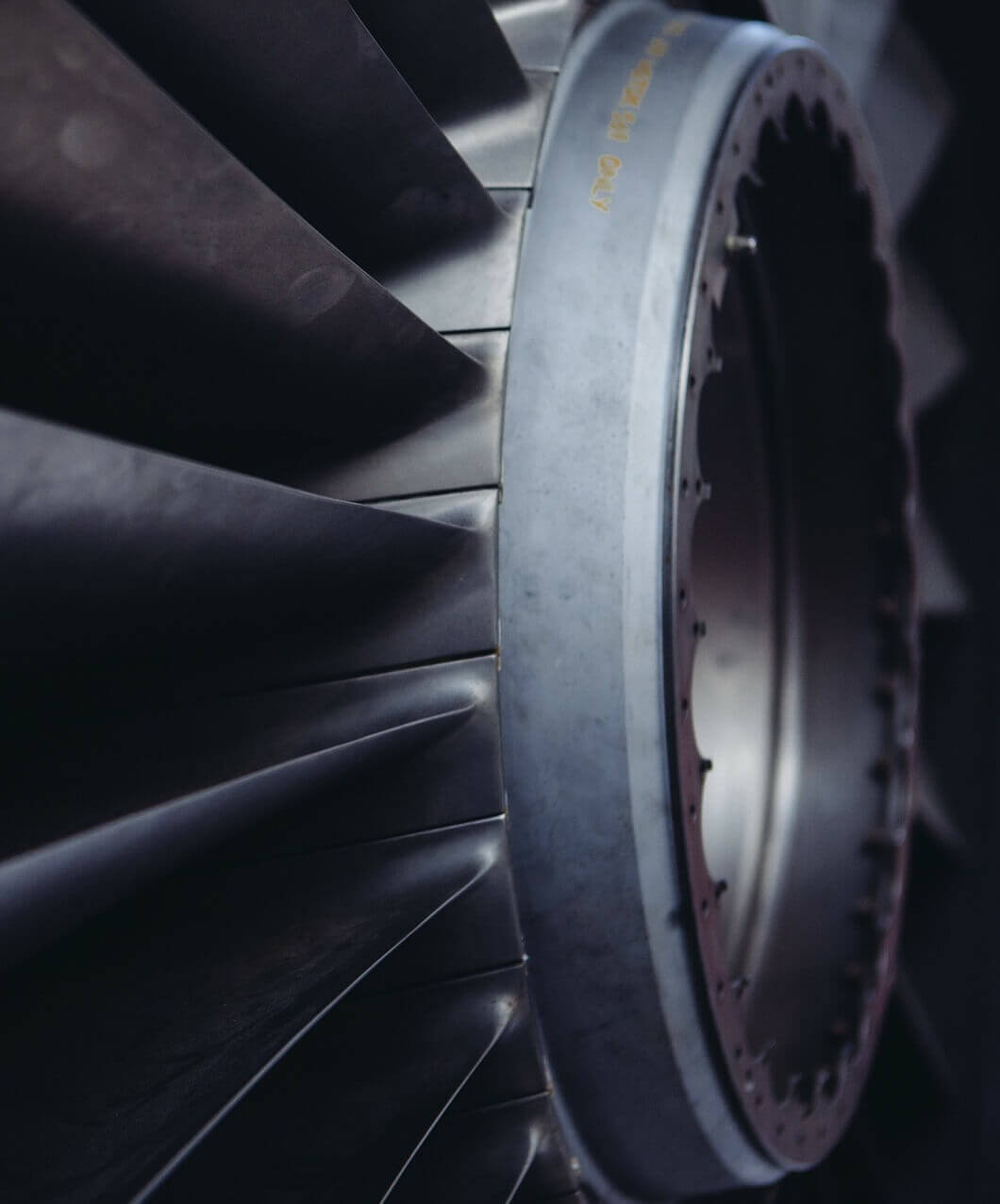
Air Filtration vs. Ventilation: What You Need to Know for Cleaner, Safer Workspaces
Air filtration and ventilation are sometimes confused or used interchangeably. While there are distinct differences between the two, air filtration provides excellent support for ventilation.
By working together, air filtration and ventilation maximize capture capability to generate the best possible air quality.
What is Air Filtration?
Air filtration plays a crucial role in maintaining the safety and comfort of individuals in various environments. It is essential not only for enhancing indoor air quality but also for meeting health and safety regulations. For guidance on how indoor air quality impacts health and the role ventilation and filtration play in improving it, see the EPA guidance on indoor air quality and ventilation. Whether it's in a bustling factory, a sterile healthcare environment, or a lab setting, air filtration systems are designed to capture harmful particles and contaminants, ensuring the air remains clean and safe for occupants.
Air filtration systems operate by using a large centrifugal-type blower to pull contaminated air through high-efficiency filters, which capture dust, bacteria, fumes, and other airborne particles. These systems work tirelessly to keep the airstream clean and well-circulated throughout the space.
For instance, in healthcare facilities, air filtration systems are critical in preventing the spread of airborne pathogens and ensuring the safety of patients and medical staff. Hospitals, clinics, and surgical rooms rely on filtration systems to remove bacteria, viruses, and other pathogens that could jeopardize patient recovery and staff health.
In laboratories and pharmaceutical manufacturing, air filtration is crucial for protecting sensitive experiments and protecting workers from hazardous chemicals and fumes. These environments require high-efficiency particulate air (HEPA) filtration to ensure that even the smallest airborne particles are removed from the air, safeguarding both the research process and human health.
In industrial settings, such as factories, machine shops, and warehouses, air filtration systems help remove dust, fumes, and other pollutants that can affect both workers’ health and the equipment. Industries that handle heavy dust loads, such as woodworking or metalworking, depend on powerful filtration systems to reduce exposure to harmful airborne particles, thus preventing respiratory issues and improving productivity.
Air filtration systems are also beneficial in educational institutions, commercial kitchens, and offices, where they help maintain air quality for occupants who might be at risk for respiratory conditions, allergies, or exposure to contaminants. In each of these environments, air filtration contributes to the overall well-being of individuals and helps ensure that the air remains safe to breathe.
No ductwork is required, and there is no loss of heat or air conditioning during the cooler or warmer months, making air filtration systems energy-efficient.
Air filtration systems work best when placed strategically to create a circular airflow, ensuring maximum coverage throughout the space. The specific catch and throw distances of each system determine how far apart units should be installed to ensure consistent air movement.
The number of times that the air is circulated through this pattern is called an air exchange. Depending on the application, you may require more or fewer air exchanges per hour.
Not only do air filtration systems guarantee cleaner air, but they also help lower energy and maintenance costs, making them a wise investment for businesses in various industries.
Blue Ox air filtration systems are constructed with high-quality, American-made parts that are backed by great warranties, ensuring long-lasting performance.
The filters included in our systems maximize filter replacement intervals, minimize compressed air use, and offer significant energy savings.
Why is Air Filtration Important for Specific Industries?
What is Ventilation?
Ventilation is essential for all indoor spaces and/or buildings. When air is stagnant, dust, bacteria, mold, and other airborne contaminants accumulate and present health and safety risks.
Ventilation is used to remove these risks by distributing fresh air to offices, garages, workshops, schools, industrial facilities, etc.
Ventilation can be achieved by simply opening windows and doors or with ventilation systems that exhaust air using a localized fan that connects to the central exhaust point and ducts from other areas or rooms.
The main differences between air filtration and ventilation are airflow and air quality.
Ventilation systems are designed to filter larger, less hazardous particulate.
In recent years, hybrid systems that combine both advanced filtration and ventilation have become increasingly popular, providing businesses with even more effective ways to ensure cleaner, healthier air. These systems are especially helpful in industries dealing with fine particulate matter or chemical fumes.
When combined, air filtration and ventilation protect workers from exposure, reduce injury risks and sick days, and improve productivity!
Our specialists are ready to find an air filtration solution that meets the demands of your application, budget, and workplace.
Get in touch with our specialists today to get started!

Copyright © 2025 | Blue Ox Air Cleaners. A division of Air Cleaning Specialists, Inc.


